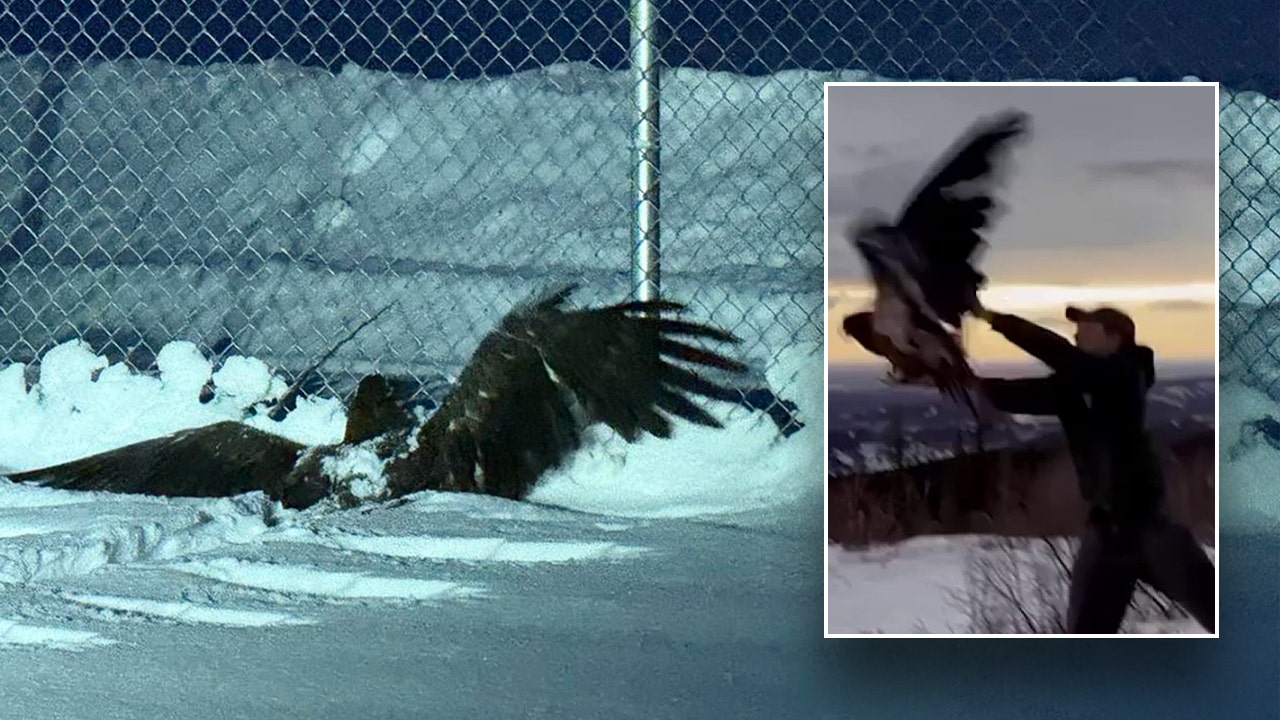Opinion by Kip Hansen — 16 July 2024 — 1700 words/6 minutes
In the last decade or so, there has been an increasing effort to tie every strong or unusual weather event, no matter how local, to Global Climate Change. This need arose from the inability of the IPCC and its thousands of contributors to actually find, “detect” is the word they use, the negative effects of Climate Change in the real world, despite over 40 years of endless dire predictions.
You may have seen this before, but I offer it as evidence of the above:
A few notes about AR6 WG1 Chapter 12 Table 12.12:
1. ONLY the middle column represents real information: “Already Emerged In Historical Period”. This means that the IPCC has failed to even to detect increases/decreases in all the other Climate Impact Drivers (see definition at end of essay) which have white boxes in that column. You must ignore the “Emerging by….” Columns – both are shown as “at Least for RCP8.5/SSP5-8.5” which is considered by many the now-impossible climate scenario. (and here).
2. The darker colors in the Already Emerged column indicate that the climate-impact driver has been detected with high confidence – but any numeral in the box is a caveat as to in what regions. For instance, “Cold Spell” has been detected only in “Australia, Africa and most of Northern South America”. Decreases in “Lake, river and sea ice” has been detected only for Arctic sea ice.
3. It is interesting to read the list of things (white boxes across all three columns) that are still not expected to be found even in 2100 RCP8.5 dystopia-land. The majority of Climate-impact Drivers (19 out of 33) are not predicted to “emerge” by 2100 even under RCP8.5. And yet, almost every day, there is a media story telling us that it is already happening and has been “caused by climate changed” or “intensified or made worse by climate change” contrary to the IPCC’s AR6.
So, today I ask:
Question: “Why do we read that it has been determined by scientists that [some weather event] was caused or made XX% worse by climate change?”
Answer: Storyline Attribution.
And what might that be, you may ask? Well, it is my opinion that Storyline Attribution is simply a “Just So…” story about the weather used by the climate gang to tie every weather story to global climate change somehow, anyhow.
Just-so story — “a speculative story or explanation of doubtful or unprovable validity that is put forward to account for the origin of something … when no verifiable explanation is known”
Pielke Jr. wrote last week, in Climate fueled extreme weather, Part 2::
“The last decade has seen the rise of what is called storyline attribution, which now dominates discussion of every extreme weather event.
A storyline provides a putative causal explanation for the incidence of a particular extreme event that just happened and explains why the event was worse than it otherwise would have been, absent the human influence.
For example, from just last week:
- Oceans have been warming due to human influences, notably increases in greenhouse gases and a reduction in aerosols;
- Warmer oceans are associated with stronger hurricanes;
- Hurricane Beryl was an unusually strong hurricane for July;
- Therefore, Hurricane Beryl is an example of how climate change results in an increasing number of strong hurricanes.
The recent flood? More moisture available. That drought? Less moisture available. A flood somewhere and a drought somewhere else? Wavy jet stream. Duh. Just connect the dots.
A seemingly plausible-sounding storyline for every event is easy to create. I say seemingly because the storyline approach is free to discount parts of the story that don’t advance the narrative, to change the story event by event, and to ignore events that didn’t happen or did not become extreme. A storyline is a story, not science.“
What kind of a story? A Just So…story. Specifically: “a speculative story or explanation of doubtful or unprovable validity that is put forward to account for the origin of something (such as a biological trait) when no verifiable explanation is known”.
In these cases, a Just So Story about the origins, the cause, the probability of a specific weather event, mild or extreme. In the quote from Pielke Jr. above, the four bullet points, in order, make up the storyline attribution.
Now, to be fair, there is allegedly a scientific version of storyline attribution. It is detailed in a report for the U.S. Congress titled “Is That Climate Change? The Science of Extreme Event Attribution” [.pdf]. Here is what they say:
“Storyline Attribution Analysis
Research using storyline attribution is an analysis of causes:
It [the Storyline Approach] is a framing based on analysis of physical processes and is similar to an accident investigation…. The causal chain of factors leading to the event is first identified, and the role of each factor is assessed.
Researchers analyze atmospheric circulation and meteorological patterns using models and observational data to try to establish the factors that contributed to the event. This analysis includes determining linkages among factors. For example, a circulation pattern may contribute to extreme precipitation in a study area, and the increased water vapor in the air carried by the circulation may be linked to an area of increased sea surface temperature.
The next step is to estimate anthropogenic climate influence on the causes linked to the event— for example, the extent to which human influence may have affected sea surface temperatures, temperatures that, in turn, contributed to increased precipitation in an extreme event. An attribution statement can then be made about the degree of human influence on the causes of the event.”
How does this play out in the real world, with real world example of this “scientific” Storyline Attribution? The Congressional Research Service supplies an example a storyline (which fails to find human influence):
“Researchers studying the record-setting 2011 drought/heat wave in Texas used a combination of observational data and climate model simulations to examine specific factors that may have influenced the magnitude of the event. The researchers found that the “principal physical process” contributing to the drought/heat wave was the extreme and continuing lack of rainfall in the previous winter and spring. This rainfall deficit was in turn linked to changes in sea surface temperatures. As the associated sea surface temperatures were within the range of natural variability, the researchers did not find evidence of human influence in their analysis of this extreme event.” [Oops…-kh]
[The analysis referred to in the above paragraph is M. Hoerling et al., “Anatomy of an Extreme Event,” Journal of Climate, vol. 26, no. 9 (2013). Hoerling is a full analysis, and not just a storyline attribution. It is what a proper attribution study should be, but not what is presented to the media by weather attribution groups today.]
Typical storyline attribution presented to the media, as Pileke Jr. points out, is something more like this in a piece from the Climate Crisis Propaganada outfit, Inside Climate News regarding Hurricane Beryl:
“Hurricanes are expected to intensify, he [Kerry Emanuel] said, as greenhouse gas emissions warm the atmosphere and ocean, supercharging evaporation and heat transfer in a warmer atmosphere that already holds more moisture.
“A demonstrable greenhouse gas effect is the proportion of hurricanes that turn out cat 3 or 4,” Emanuel said.
When Hurricane Beryl formed in the Atlantic in early July, hundreds of miles from the Texas coast, it reached category 4 status–the earliest category 4 storm on record. Record warm temperatures in the Atlantic Ocean this year have led to predictions of a highly active hurricane season.“
In the storyline attribution the public sees and hears on a daily basis, there simply is not any scientific analysis at all, just a storyline…just a story…a Just So story. [see real hurricane data detailed, for instance, here.]
And the root of all good propaganda is a good believable story – believable because it is built around a little nugget of truth. You can count those little nuggets in the storyline above:
1. “Hurricanes are expected to intensify” – a meme of climate crisis prediction, so, yes, “expected” by them
2. The ubiquitous, “warmer atmosphere … holds more moisture.” A trivially true scientific fact.
3. A fact “earliest Cat 4 storm in record” [this is as “as far as we know…”-type fact] and tied to predictions of a highly active hurricane season.
The actual event is Hurricane Beryl, a Cat 1 hurricane coming ashore at Houston, Texas. The storyline paints the event as “intensified” by warmer air/warmer sea water and part of an [non-existent] increasing proportion of Cat 3 and 4 hurricanes caused by greenhouse gases.
And thus it was, they say, Just So….
# # # # #
Author’s Comment:
Storyline Attribution of weather events is ubiquitous in the news stream: even your sports-crazed neighbor can tell you why we have “all this crazy weather”. He hears it every night on the weather news – cute little easy-to-remember “Just so” stories explaining it all to him, devoid of any science whatever. The same type of storylines are taught to your children everyday in their schools…
Storylines, Just So storylines, are very common in science today. Biology is full of them, theoretical physics too. The soft-sciences may be nothing but just-so storylines. Feel free to suggest examples….
Thanks for reading.
# # # # #
NOTE: Opinion essays, sometimes called OpEds, express the opinion(s) of their author. Not the opinion of the newspaper, news agency, radio station or their owners; in this case, not the opinion(s) of WUWT as an entity, its owner Anthony Watts, or any of its associated staff and/or other contributors. This Opinion Essay is written by Kip Hansen and I am happy to own these opinions in their entirety.
# # # # #
As promised, here is the Definition of a Climate Impact Driver from IPCC AR6, the subject of the chart far above:
FAQ 12.1 | What Is a Climatic Impact-driver (CID)?
A climatic impact-driver is a physical climate condition that directly affects society or ecosystems. Climatic impact-drivers may represent a long-term average condition (such as the average winter temperatures that affect indoor heating requirements), a common event (such as a frost that kills off warm-season plants), or an extreme event (such as a coastal flood that destroys homes). A single climatic impact-driver may lead to detrimental effects for one part of society while benefiting another, while others are not affected at all. A climatic impact-driver (or its change caused by climate change) is therefore not universally hazardous or beneficial, but we refer to it as a ‘hazard’ when experts determine it is detrimental to a specific system.
# # # # #
Related
Discover more from Watts Up With That?
Subscribe to get the latest posts sent to your email.




















Discussion about this post